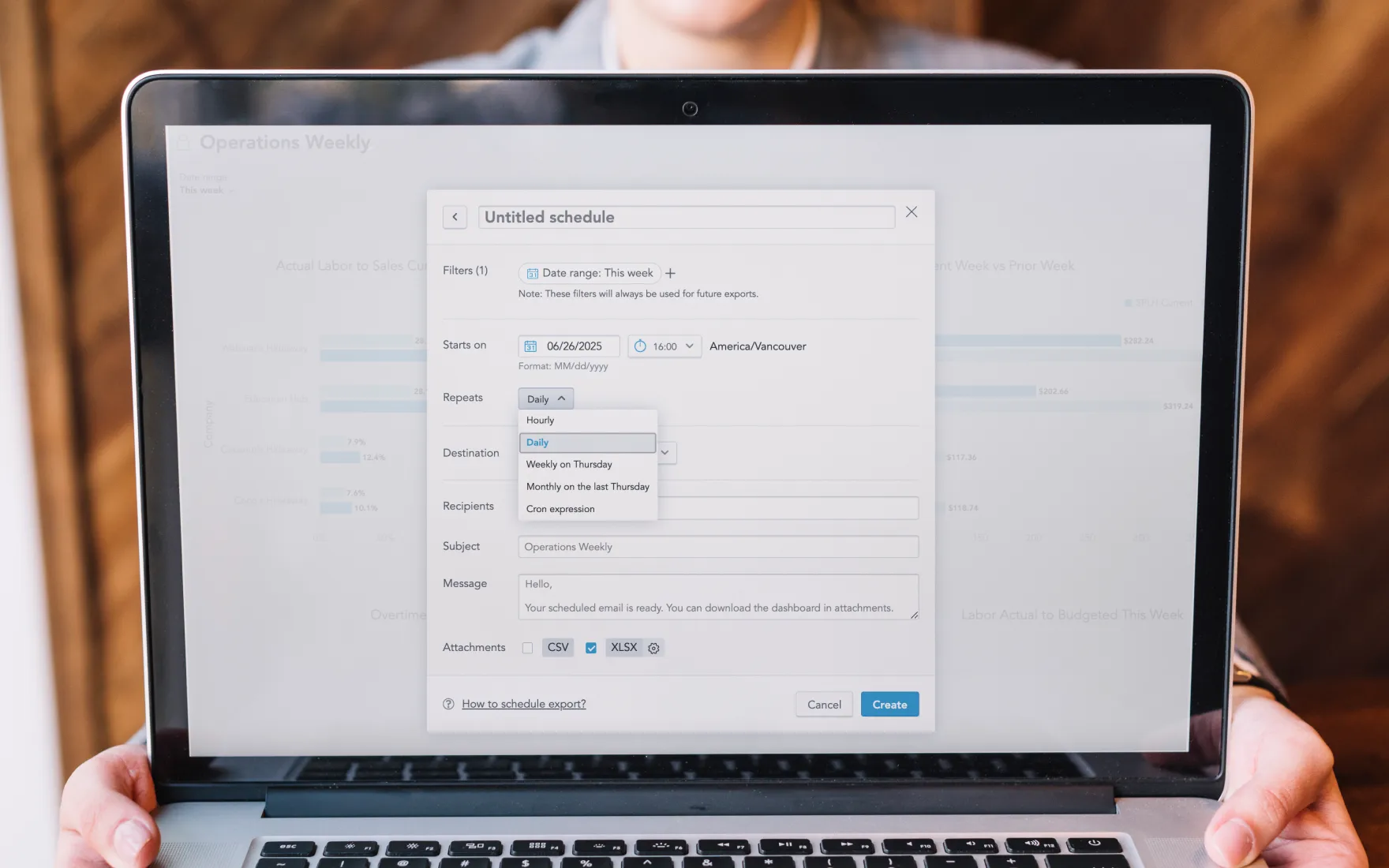California Labor Laws | When to Use a Blended Rate

What is the blended rate, and when is it used? In short, blended rates are rates that are calculated using the different forms of compensation an employee receives.
What is a blended rate in California?
Known as a weighted average, the State of California's Department of Industrial Relations defines the regular rate of pay, or blended rates as "...the compensation an employee normally earns for the work they perform. The regular rate of pay includes a number of different kinds of remuneration, such as hourly earnings, salary, piecework earnings, and commissions. In no case may the regular rate of pay be less than the applicable minimum wage." In short, blended rates are rates that are calculated using the different forms of compensation an employee receives. The total is then divided by the total of numbers worked in order to get the blended rate.
When should you use a blended rate?
Generally, blended rates only affect employees who work in multiple positions or earn pay like bonuses, etc., and they're used for overtime calculations, shift violation pay like meal break violations, split shift violations, travel pay, etc.
For example, Janet works two positions: a busser @ $12.00/hr and dishwasher @ $13.00/hr. If she is owed any overtime (1.5x the blended rate), or a meal period penalty (1 hour @ an employee's regular rate of pay/blended rate), the pay would be calculated using her blended rate of $12.00 and $13.00.
Using Janet as an example, here's how her overtime would be calculated:Janet has worked 18 hours in a workweek, 10 hours as a dishwasher ($13.00/hr) and 8 hours as a busser ($12.00/hr). She is owed 2 hours of daily overtime at her blended rate.
- (($13.00 x 10)+ ($12.00 x 8)) / 18 hours = $130 + $96 / 18 = $12.56
- $12.56 x 1.5 = $18.83 blended overtime rate
- $18.83 x 2 hours = $37.67 overtime pay
We hope this was helpful, please check out our free calculator to manually calculate blended rates, or check out our automated payroll that can help you calculate rates!

Disclaimer:
This document is provided by Push Technologies Inc. (“Push Operations”) for information purposes only. This is not an official or legal document and should not be taken as legal advice. Push Operations does not guarantee or warrant the accuracy or completeness of the information provided. For the most accurate and up-to-date information, please check with the proper governing authority.


